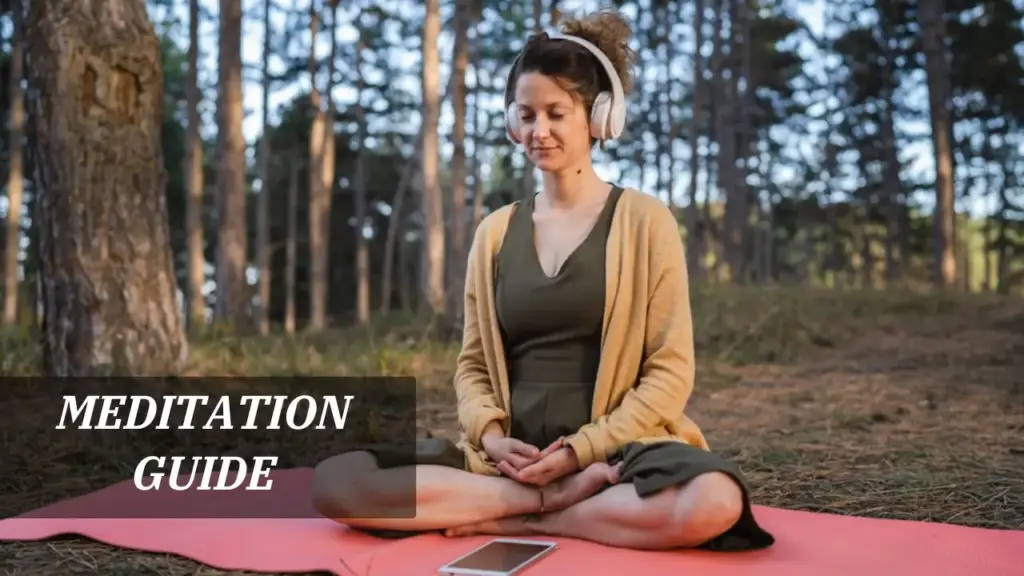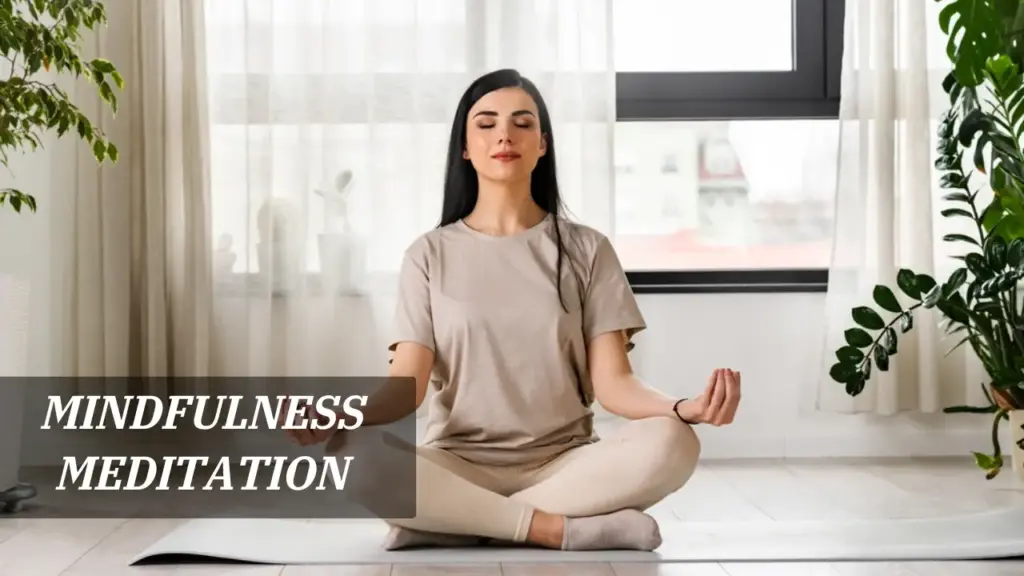Meditation is a path to inner calm and clarity, yet many people encounter difficulties when they first begin practicing. Distractions, restlessness, and doubts can make meditation feel challenging, often leading to frustration. However, these challenges are part of the journey, and overcoming them is not only possible but also rewarding. With patience and the right approach, meditation can become a source of peace and focus.
This article will guide you through common meditation challenges and practical solutions to overcome them. You’ll learn how to address distractions, cultivate patience, and build a practice that becomes an essential part of your daily routine.
Distractions: How to Manage a Wandering Mind
Distractions are one of the most common obstacles in meditation. The mind often wanders to thoughts, worries, or daily tasks, making it difficult to stay focused. To address this, gently redirect your attention to your breath whenever you notice your mind drifting. This simple action strengthens concentration over time and reduces mental restlessness.
Practical Tips for Focusing During Meditation
- Choose a Quiet Space for Meditation
Starting in a peaceful, quiet spot can help minimize distractions. This doesn’t have to be a special room; any place where you feel comfortable and relaxed works well. - Set a Timer to Stay on Track
Setting a timer for your session helps you commit to a specific time frame, allowing you to focus fully without worrying about checking the clock. Begin with short sessions and gradually extend the time as you become more comfortable.
Physical Discomfort: Finding Comfort in Stillness
Sitting still for meditation can lead to physical discomfort, especially for beginners. The key is to find a posture that feels comfortable yet relaxed, allowing you to focus on meditation instead of your body. Sitting on a cushion or chair with your back straight can make a big difference.
Simple Adjustments for a Comfortable Meditation Experience
- Support Your Back
For those who experience discomfort while sitting on the floor, sitting on a chair or using a cushion can provide the needed support, helping you relax without straining. - Take Short Breaks if Needed
If discomfort persists, feel free to take brief breaks, especially in the beginning. Over time, your body will adapt to sitting for longer periods without discomfort.
Self-Doubt: Building Confidence in Your Practice
Another common hurdle is self-doubt — feeling that you’re not “doing it right” or that meditation might not be working. It’s important to remember that meditation is a skill that improves with practice. Each session, even the ones where the mind feels scattered, contributes to your growth.
Tips for Boosting Confidence in Your Meditation Practice
- Practice Patience
Meditation is a gradual journey, and progress may feel slow at times. Practicing patience helps you stay committed and embrace each session as it comes. - Remind Yourself of the Benefits
Focusing on the positive effects of meditation, such as increased focus and relaxation, can keep you motivated and boost your confidence, even on challenging days.
Creating a Consistent Meditation Routine
Consistency is key to making meditation a part of daily life. Start by setting aside a small amount of time each day, and gradually increase it as you grow more comfortable. A consistent routine helps meditation become a habit, making it easier to manage daily challenges with a calm mind.
Embracing these strategies can help you overcome common meditation challenges, turning each session into a step toward inner peace and resilience. With dedication, meditation can transform from a struggle into a fulfilling part of your life.


